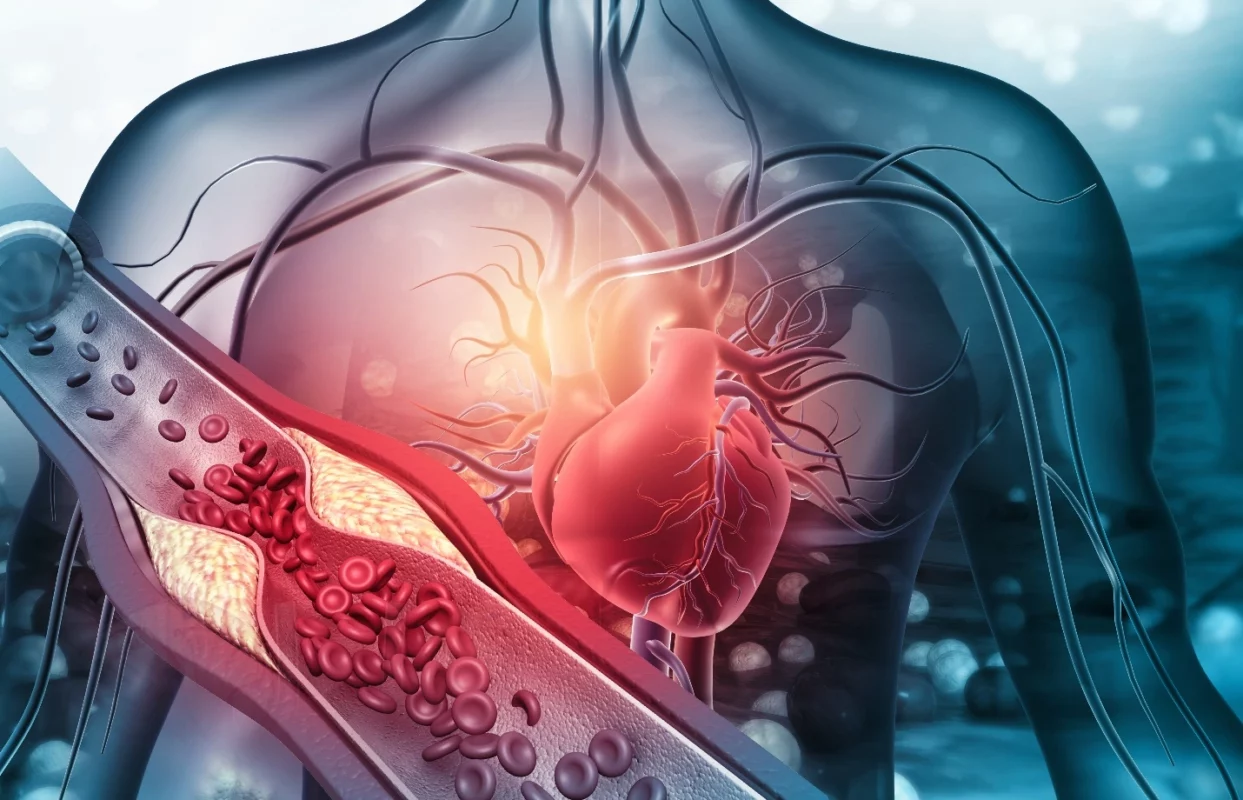Uncategorized
The lifeline: exploring the intricate network of blood vessels

The human body is a marvel of complexity, with numerous intricate systems working in harmony to sustain life. Among these systems, the network of blood vessels serves as a lifeline, transporting essential nutrients, oxygen, and hormones to every cell and removing waste products. Let us embark on a journey to explore the fascinating world of blood vessels and their crucial role in maintaining our well-being.
- Arteries: Delivering Life’s Essence Arteries are thick-walled blood vessels responsible for carrying oxygenated blood away from the heart and distributing it to various organs and tissues throughout the body. Their robust structure allows them to withstand the pressure generated by the heart’s forceful contractions. Arteries branch out into smaller vessels known as arterioles, which regulate blood flow and control the distribution of nutrients and oxygen to specific regions.
- Veins: The Pathway of Return Veins, on the other hand, play a vital role in returning deoxygenated blood back to the heart. They form a vast network that collects blood from tissues and organs and gradually merges into larger vessels. Unlike arteries, veins have thinner walls and rely on valves to prevent blood from flowing backward. Skeletal muscles and respiratory movements assist venous return by compressing the veins and aiding the movement of blood towards the heart.
- Capillaries: The Microscopic Nexus At the heart of the circulatory system lies the capillary network, an intricate web of microscopic vessels connecting arteries and veins. Capillaries are extremely thin-walled, allowing for the exchange of gases, nutrients, and waste products between the blood and surrounding tissues. This exchange process, known as capillary exchange, sustains the vitality of cells and ensures the removal of metabolic waste.
- The Circle of Life: Pulmonary and Systemic Circulation Blood vessels facilitate two vital circulatory pathways: pulmonary circulation and systemic circulation. Pulmonary circulation carries deoxygenated blood from the heart to the lungs, where it receives a fresh supply of oxygen and releases carbon dioxide. The oxygenated blood then returns to the heart, ready for systemic circulation, which pumps it to the entire body through the arteries. Systemic circulation delivers oxygen and nutrients to organs, tissues, and cells while collecting waste products for elimination.
- Regulation and Adaptation: Vascular System Dynamics The intricate network of blood vessels possesses remarkable adaptive and regulatory mechanisms to accommodate the body’s changing needs. Vasoconstriction and vasodilation, controlled by smooth muscle cells in the vessel walls, adjust the diameter of blood vessels to regulate blood flow and maintain blood pressure. Additionally, the body can reroute blood flow through collateral vessels when a primary vessel becomes compromised, ensuring uninterrupted supply to vital tissues.
- Diseases and Disorders: Affecting the Vascular Network When the delicate balance of the vascular system is disrupted, various diseases and disorders can arise. Atherosclerosis, for instance, is characterized by the buildup of fatty plaques in arterial walls, leading to reduced blood flow and potentially causing heart attacks or strokes. Hypertension, or high blood pressure, can strain blood vessels and contribute to cardiovascular complications. Disorders like deep vein thrombosis and varicose veins also impact the normal functioning of the circulatory system.
The intricate network of blood vessels is truly a marvel of human anatomy, ensuring the smooth delivery of essential nutrients and oxygen while facilitating the removal of waste products. From the robust arteries to the delicate capillaries and the efficient venous return, each vessel type plays a crucial role in maintaining the body’s homeostasis. Understanding and appreciating this intricate lifeline can inspire us to care for our cardiovascular health, leading to a better quality of life and a deeper appreciation for the wonders of the human


